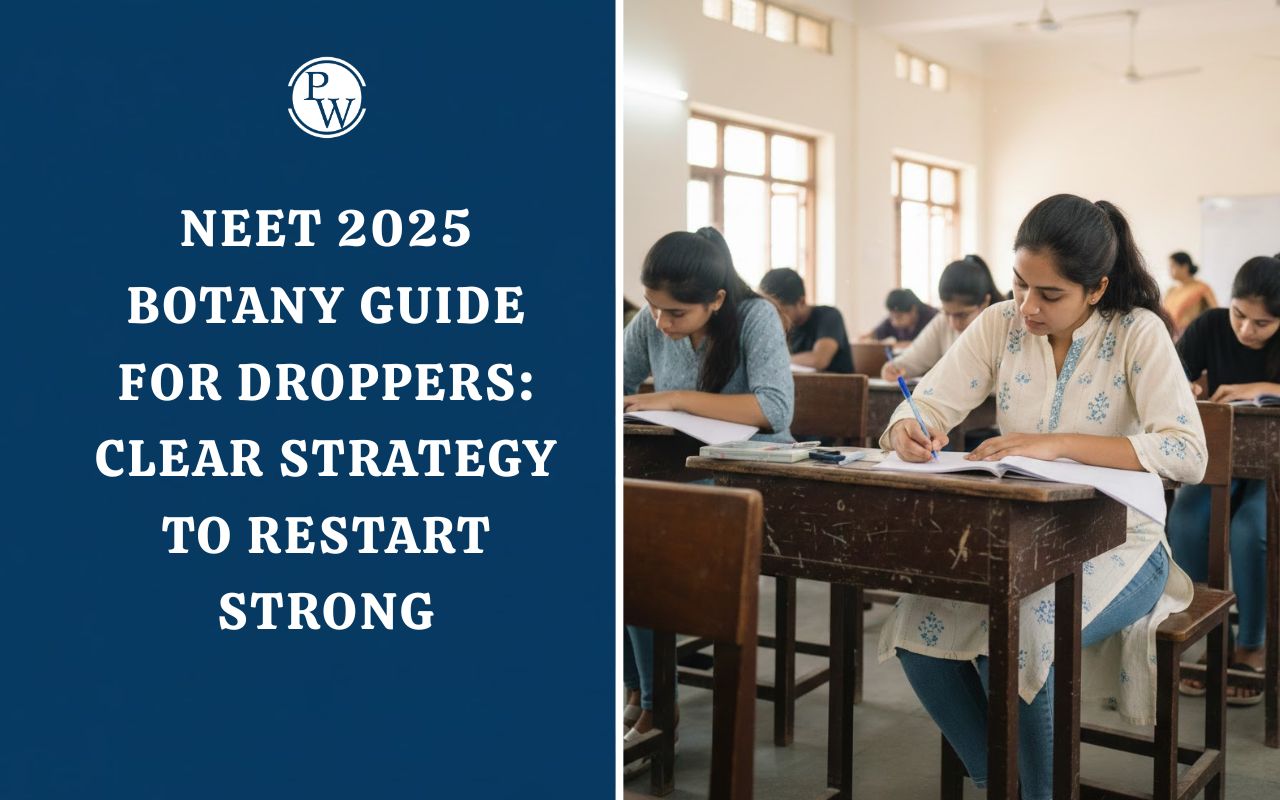

Net Primary Productivity (NPP): Various organisms play different roles and perform specific functions to keep the biosphere running smoothly. Some help to generate oxygen, while others need it to survive. Some organisms die and decompose, releasing nutrients for others to absorb and use as food. Countless interconnected relationships ensure that the biosphere continues to function over time, from thousands of years ago to the future. Autotrophs (primary producers) provide the majority of the biosphere's energy. Gross primary productivity (GPP) and net primary productivity (NPP) are two key terms in this context. The following article provides NEET biology notes on net primary productivity (NPP).
What is Net Primary Productivity (NPP)?
Net Primary Productivity (NPP) refers to the rate at which biomass or energy accumulates, excluding energy used in metabolic processes such as respiration. The primary measure of NPP is the increase in biomass per unit area over time. Plants produce organic matter through photosynthesis, which converts light energy into chemical energy stored in plant cells. This energy is then available for consumption by organisms at higher trophic levels. Autotrophs, or primary producers, absorb solar energy and convert carbon dioxide and water into stored carbohydrates. Not all absorbed energy goes into the formation of organic matter; roughly one-quarter is used in various biological processes. NPP only considers organic matter transferred to the food web, ignoring these losses. NPP = GPP - Energy loss from plant respiration NPP is measured in mass per unit area over time. NPP depends on factors like temperature, nutrient availability, humidity, and sunlight in an ecosystem. It is highest in tropical forests and lowest in deserts. Approximately 1% of the total solar energy reaching Earth per unit area and time is stored as biomass.How is Net Primary Productivity Calculated?
Net Primary Productivity (NPP) is calculated using the following formula: [NPP = GPP - RR] Where:- (NPP) stands for Net Primary Productivity
- (GPP) represents Gross Primary Productivity
- (RR) is the Respiratory Rate
Gross Primary Productivity and Net Primary Productivity
Productivity is an important concept in ecology because it quantifies the rate at which energy is stored in organisms as biomass. Biomass is the total mass of organic matter found in a specific group of organisms. Productivity can be measured at various trophic levels or ecological groups and is typically expressed in units of energy or biomass. Productivity can be classified into two types: gross and net.Gross primary productivity (GPP): Gross primary productivity (GPP) is an important metric that measures the total rate at which solar energy is converted into chemical energy through photosynthesis in primary producers such as plants. GPP is defined as the amount of energy captured per unit area, per unit time. Plants use some of the captured energy for metabolic processes and cellular respiration, so not all of it is available for growth and reproduction.
Net primary productivity (NPP): Net primary productivity (NPP) is a key indicator of the energy available to consumers in an ecosystem. NPP is calculated as the difference between GPP and the energy expended by plants for metabolism and maintenance. Essentially, NPP represents the rate at which energy is stored as biomass by plants and is made available to herbivores and other consumers. Plants, as primary producers, absorb and convert solar energy. They use a quarter of the captured energy for metabolic needs and convert the remainder into biomass, thereby contributing to the ecosystem's Net Primary Production (NPP). Solar energy availability, temperature, moisture levels, carbon dioxide concentrations, nutrient availability, and community interactions all influence NPP, which varies across ecosystems. These factors influence the abundance of photosynthetic organisms as well as the efficiency with which solar energy is converted into biomass, thereby affecting overall ecosystem productivity. Physics Wallah offers online NEET courses , free batches, 11-12 classes, and NEET coaching for dropouts. Our experienced faculty and benefits ensure effective preparation. Enroll Now for effective NEET preparation.
| NEET Exam Important Links | |
|---|---|
| NEET Syllabus | NEET Biology Diagrams |
| NEET Biology MCQ | NEET Biology Chapter wise Weightage |
| NEET Biology Notes | NEET Previous Year Question papers |
Net Primary Productivity FAQs
What is the equation for calculating net primary productivity?
The relationship between net primary productivity (NPP) and gross primary productivity (GPP) can be expressed by the formula: NPP = GPP - R, where R represents respiration and other losses.
What does NPP represent in an ecosystem?
Net primary production (NPP) signifies the amount of biomass or carbon produced by primary producers per unit area and time. It is obtained by subtracting the respiratory costs of plants (Rp) from the gross primary productivity (GPP) or total photosynthesis.
What are NPP and GPP?
Gross primary production (GPP) denotes the total carbon influx into an ecosystem through the photosynthetic fixation of CO2. In contrast, net primary production (NPP) is this gross carbon influx adjusted for the respiratory costs of plant growth and maintenance.
What is the formula for calculating net secondary productivity?
After factoring in respiratory losses, net secondary productivity (NSP) is defined as the increase in energy or biomass produced by consumers per unit area per unit time remaining. Secondary productivity is calculated using the formula NSP = GSP – R.
Can you provide an example of NPP?
Production forests exhibit higher NPP than stable forests. Similarly, legume-rich agricultural fields and pastures tend to have higher NPP than legume-deficient pastures, as the accumulation of legume biomass is not hindered by nutrient deficiencies, especially nitrogen.
🔥 Trending Blogs
Talk to a counsellorHave doubts? Our support team will be happy to assist you!

Check out these Related Articles
Free Learning Resources
PW Books
Notes (Class 10-12)
PW Study Materials
Notes (Class 6-9)
Ncert Solutions
Govt Exams
Class 6th to 12th Online Courses
Govt Job Exams Courses
UPSC Coaching
Defence Exam Coaching
Gate Exam Coaching
Other Exams
Know about Physics Wallah
Physics Wallah is an Indian edtech platform that provides accessible & comprehensive learning experiences to students from Class 6th to postgraduate level. We also provide extensive NCERT solutions, sample paper, NEET, JEE Mains, BITSAT previous year papers & more such resources to students. Physics Wallah also caters to over 3.5 million registered students and over 78 lakh+ Youtube subscribers with 4.8 rating on its app.
We Stand Out because
We provide students with intensive courses with India’s qualified & experienced faculties & mentors. PW strives to make the learning experience comprehensive and accessible for students of all sections of society. We believe in empowering every single student who couldn't dream of a good career in engineering and medical field earlier.
Our Key Focus Areas
Physics Wallah's main focus is to make the learning experience as economical as possible for all students. With our affordable courses like Lakshya, Udaan and Arjuna and many others, we have been able to provide a platform for lakhs of aspirants. From providing Chemistry, Maths, Physics formula to giving e-books of eminent authors like RD Sharma, RS Aggarwal and Lakhmir Singh, PW focuses on every single student's need for preparation.
What Makes Us Different
Physics Wallah strives to develop a comprehensive pedagogical structure for students, where they get a state-of-the-art learning experience with study material and resources. Apart from catering students preparing for JEE Mains and NEET, PW also provides study material for each state board like Uttar Pradesh, Bihar, and others
Copyright © 2025 Physicswallah Limited All rights reserved.
Get App











